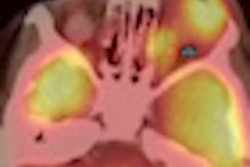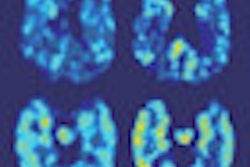University of Texas researchers are developing a technology that uses a laser with a set of specifically aligned magnets to extract atoms and separate medical isotopes for patient use, according to a study in the February 29 issue of New Journal of Physics.
Mark Raizen, PhD, lead author of the study and professor of physics at the University of Texas at Austin, gave the examples of calcium-48, which is used in the diagnosis of osteoporosis and bone development issues in children, and nickel-64, which can be converted to copper-64, and is a promising isotope for imaging and cancer therapy.
The researchers initially create a flow of atoms of a particular element. Low-powered lasers are then fired at the atoms in a process called optical pumping.
The stream of optically pumped atoms passes through a set of specifically aligned magnetic barriers. In this part of the proposed system, isotopes that researchers do not need will become attracted to the magnets, whereas the desired isotopes will pass through freely, allowing them to be collected.



















